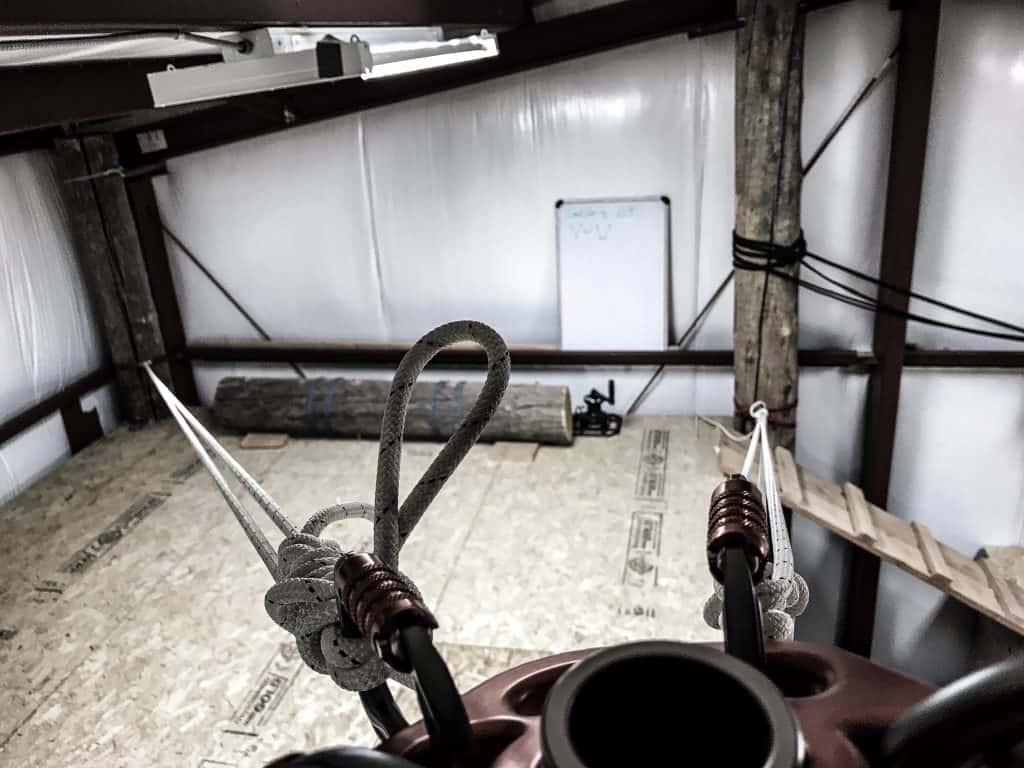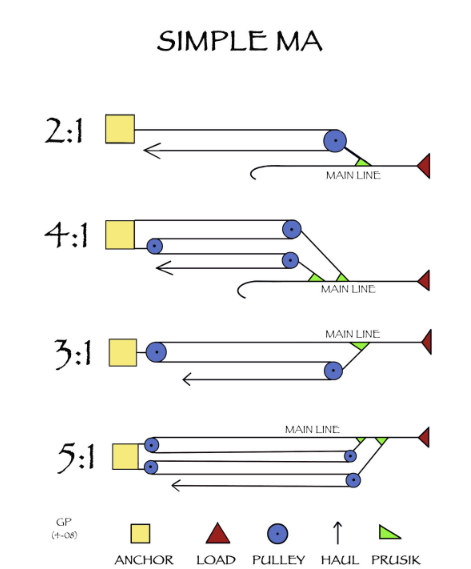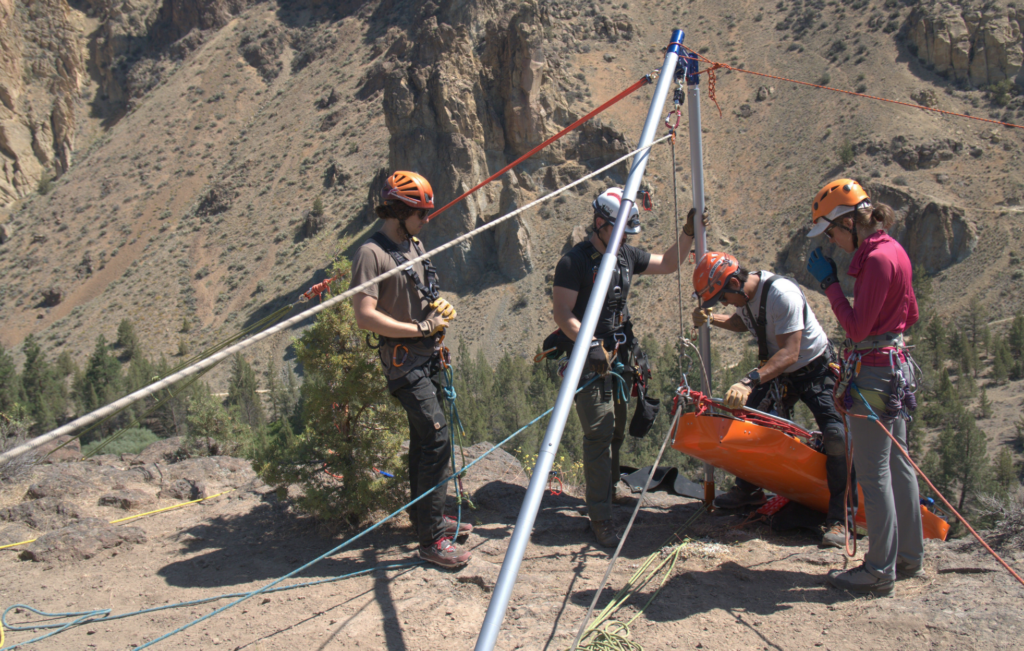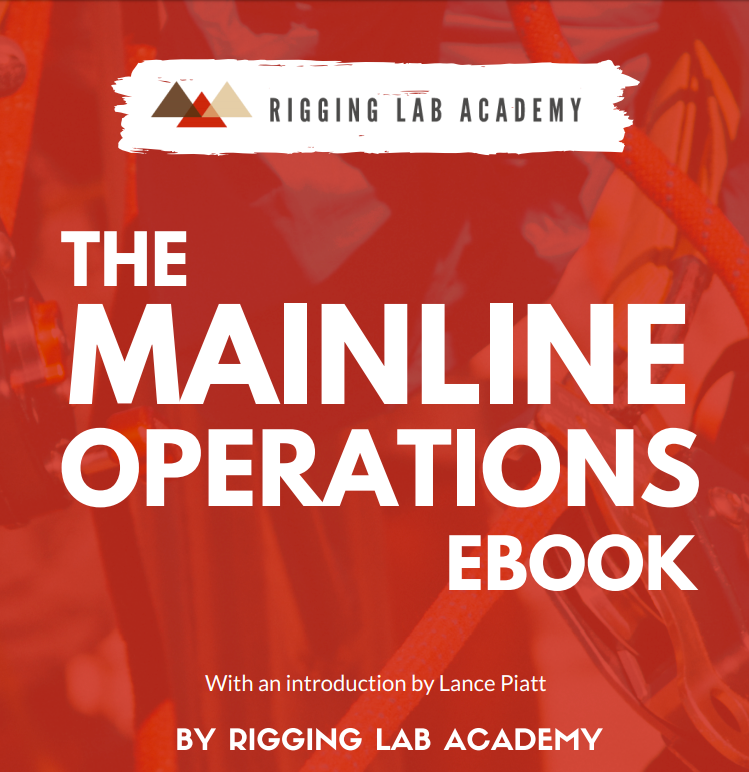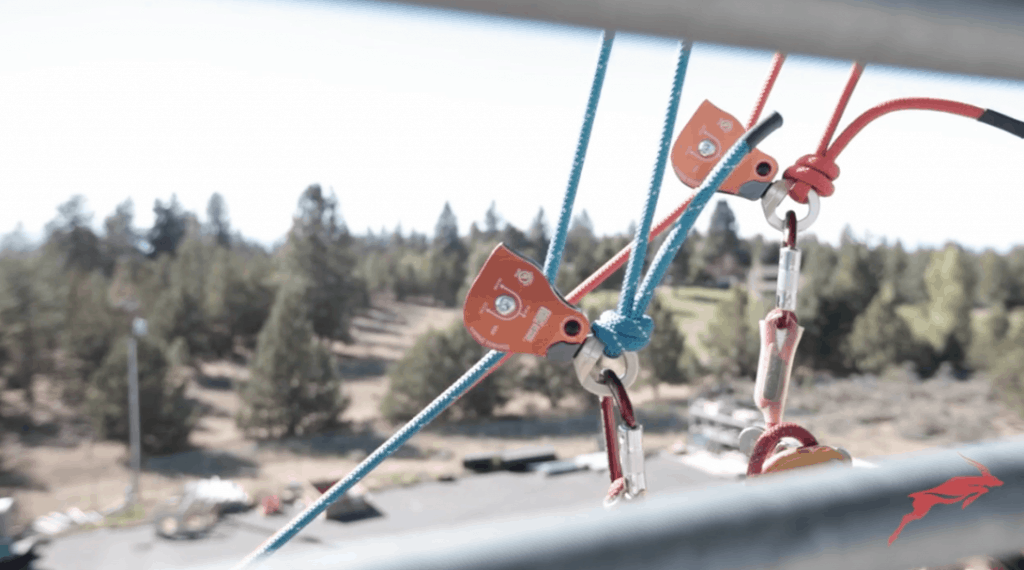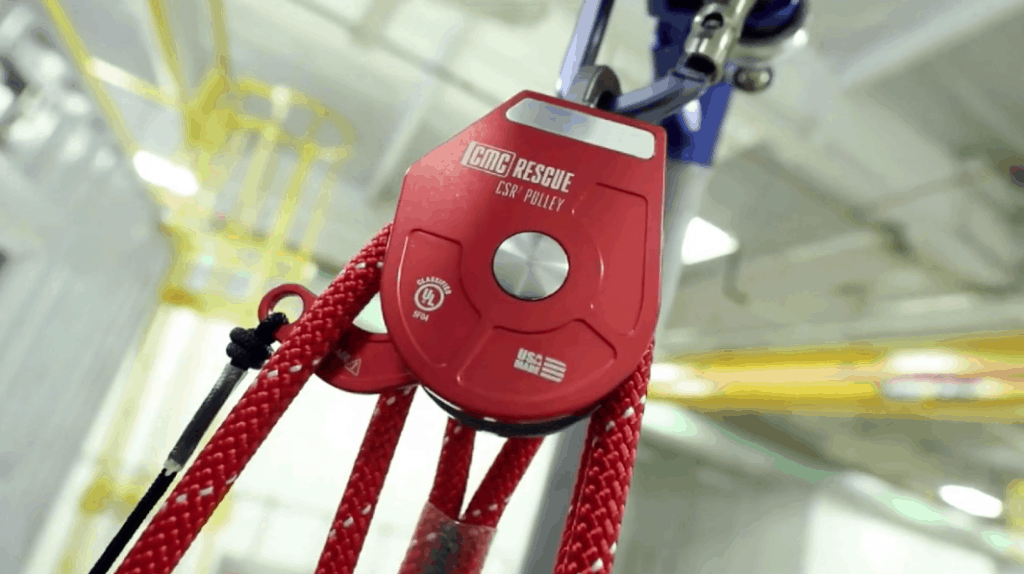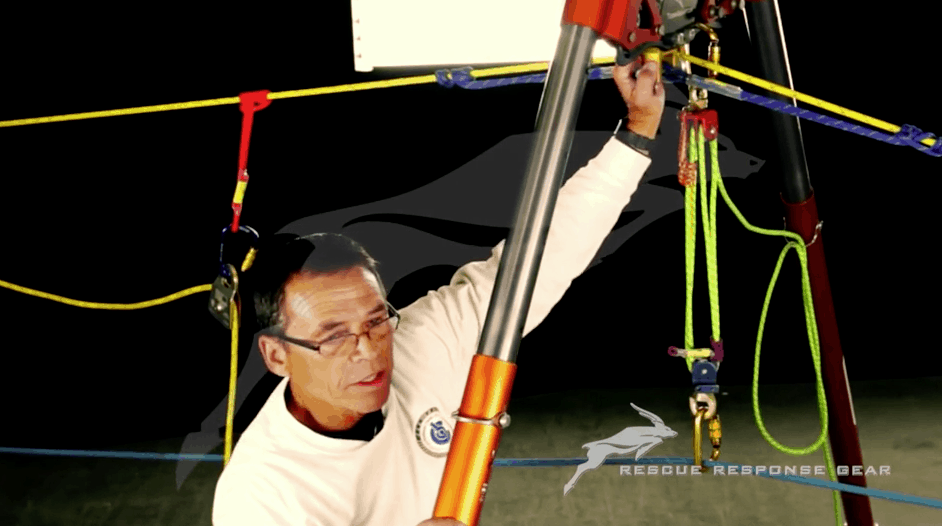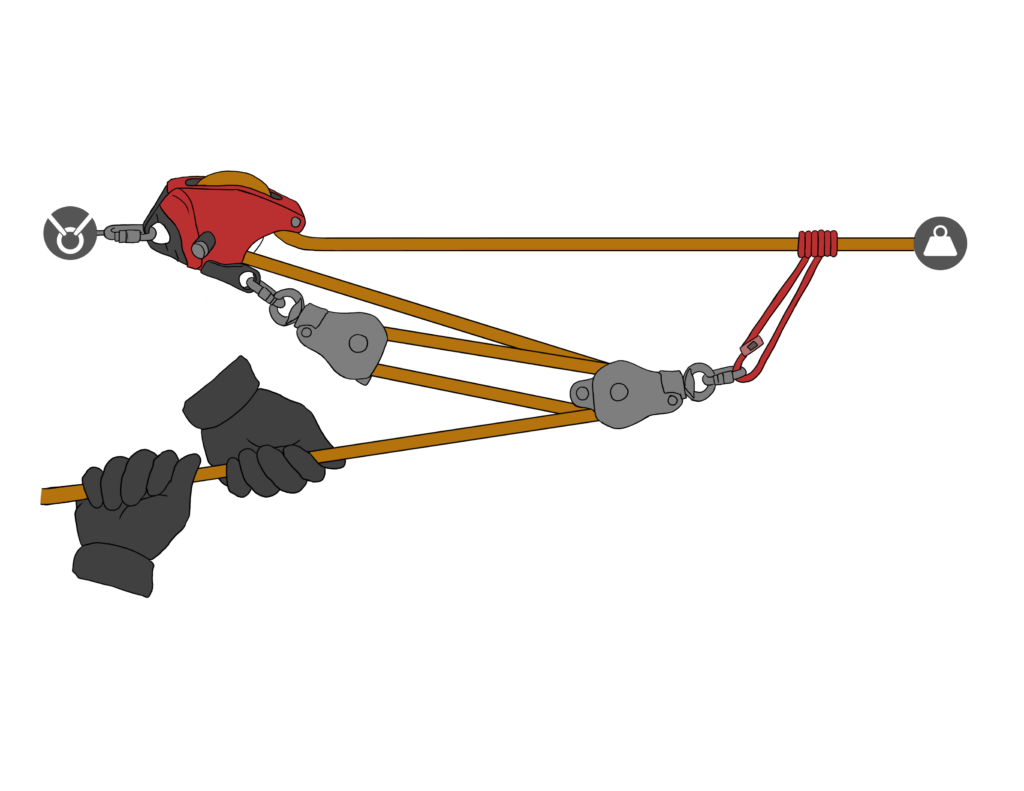Petzl Twin Release Kit
The Petzl TWIN RELEASE KIT is a pre-assembled, ready-to-use 4:1 hauling and lowering system, specifically designed for work access and rescue in industrial environments. This system is ideal for vertical work and allows for easy lowering and hauling of loads, which is particularly useful in confined spaces. It can also assist in tilting and orienting a litter […]
Petzl Twin Release Kit Read More »


